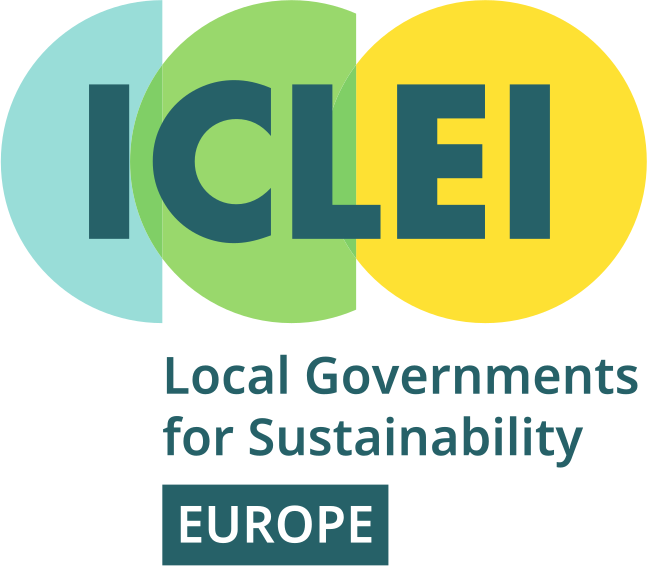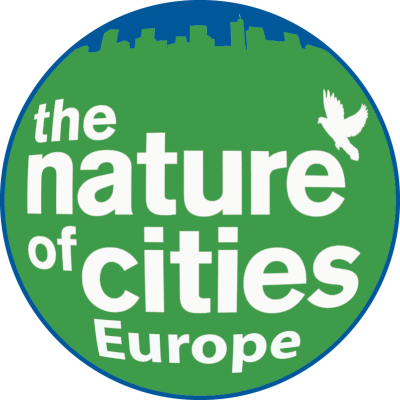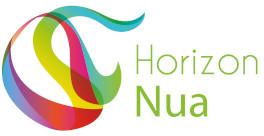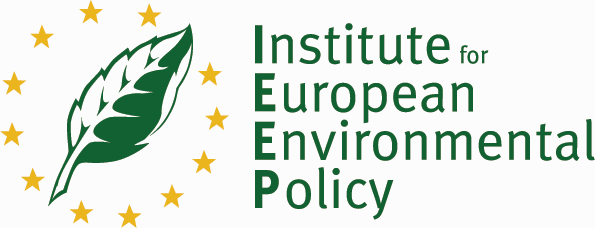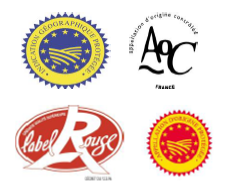
Objective:
The valorisation of local natural resin in high added value niche markets is a pillar of the French strategy for the revival of the sector. Local natural resin has many advantages over competing products: better quality, generates local jobs, enhances the value of the local forest resource, has a lower environmental impact, etc. These advantages are compatible with the markets sought after but they must be recognised. Can a label allow the local natural resin to stand out from the competition?
Context:
French (and European) natural resin is struggling to establish itself on the market. The reason for this is strong competition. On the one hand, the resin industry uses the by-products of the paper industry (tall-oil) and on the other hand, it imports natural resin from other continents. The extraction of natural resin in France is not competitive because the costs are too high to meet the world market price.
Faced with this unfavourable context, the growing social awareness of environmental issues has increased demand for bio-sourced products. The local natural resin could take advantage of this opportunity by targeting selected niche markets, provided it stands out from competing products.
Contacts:
Sylvain Tahir bois@qualisud.fr

